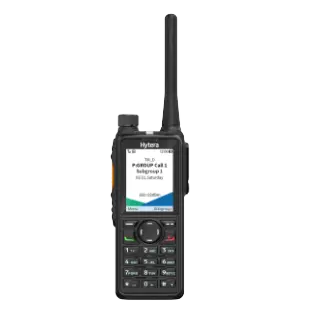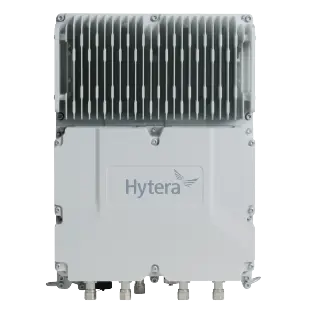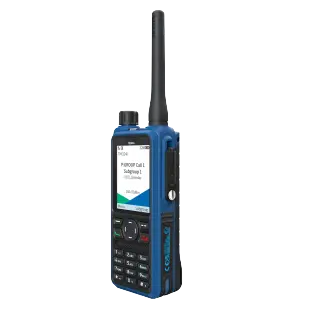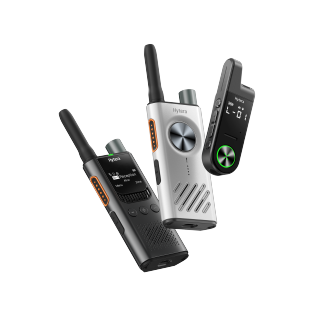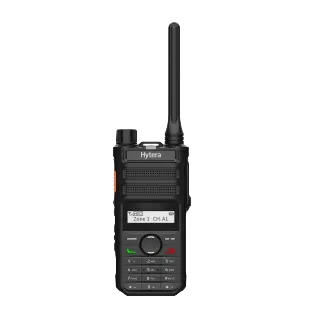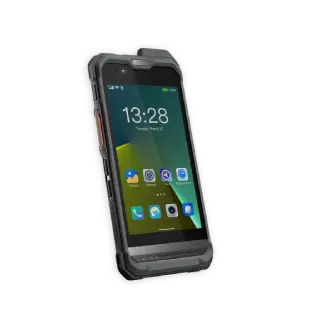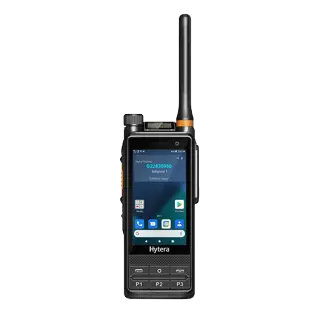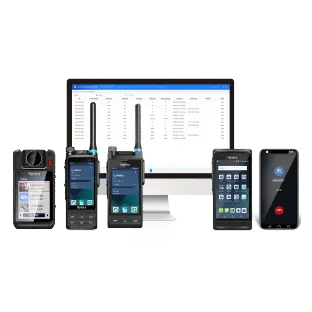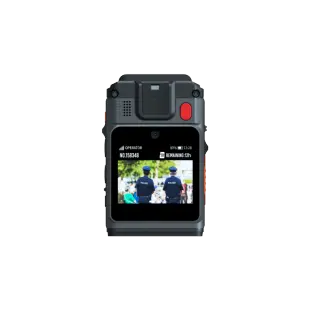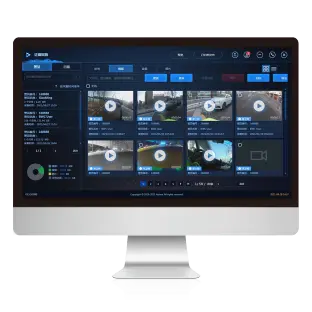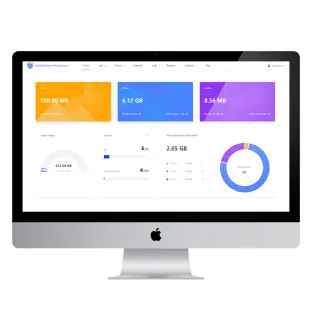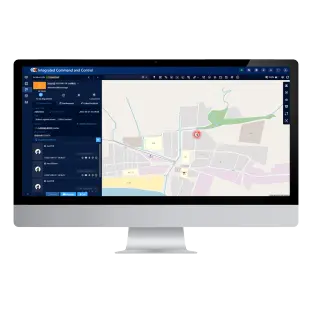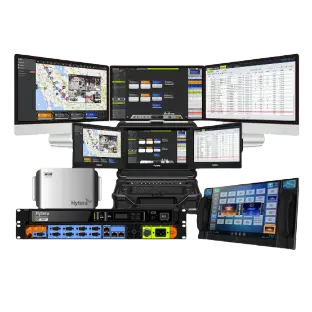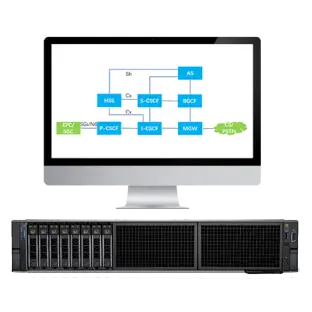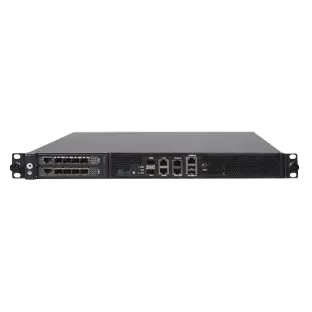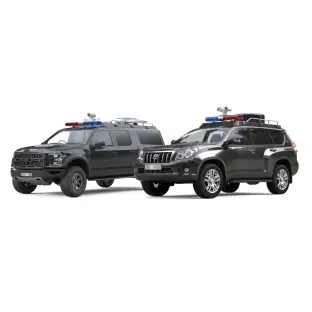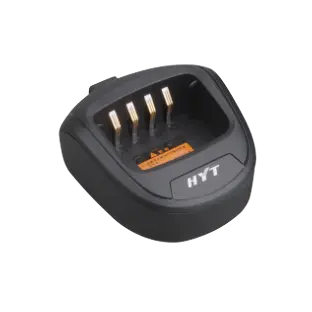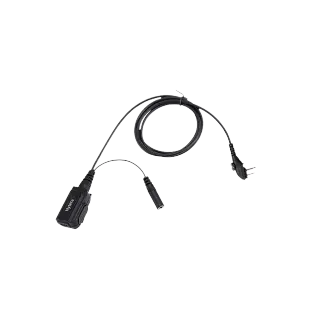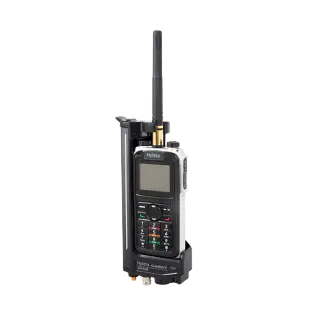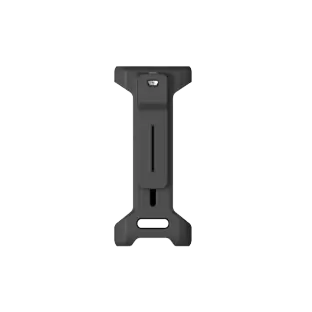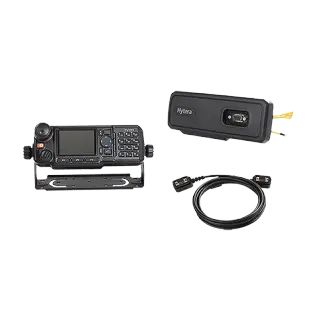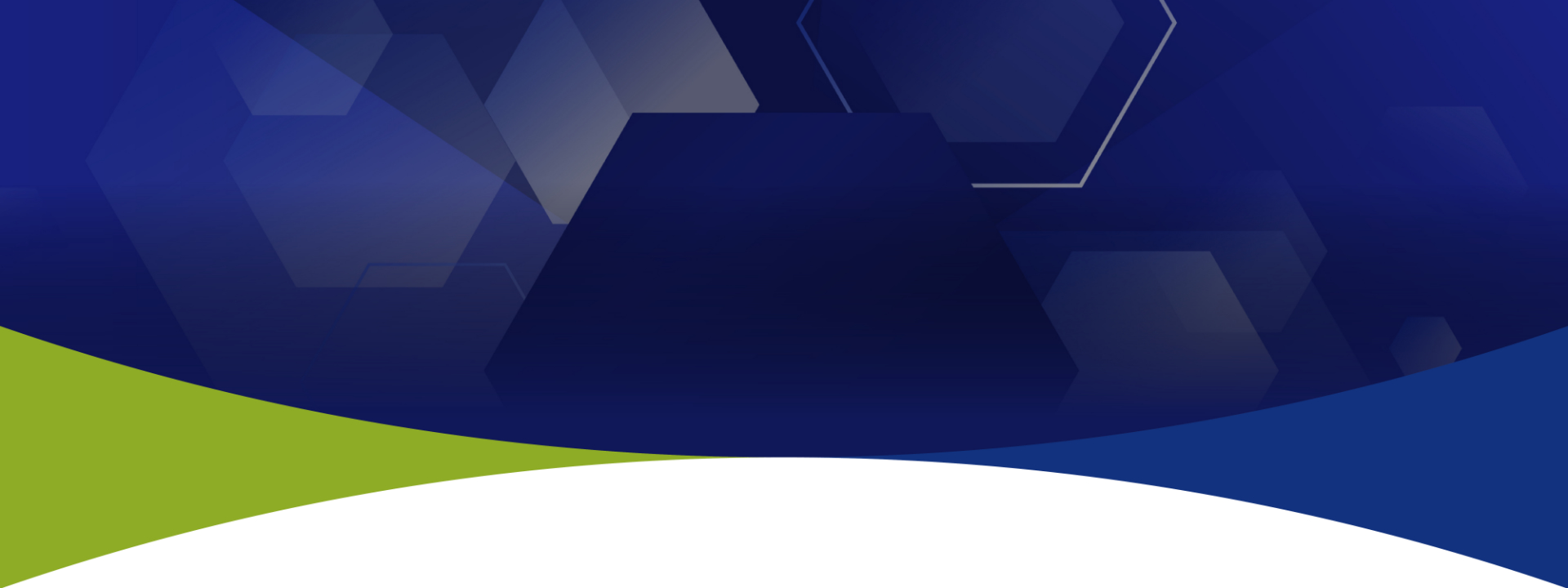
-

User
French Police -

Project Time
2017 -

Market Segment
Public Security -

Product
Hytera SmartDispatch System
PD66X Portable Radio
Challenge
One of the key imperatives behind the project was this legislation. The towns create the Plan, which required a more robust, reliable communications network, able to handle high volumes of calls as quickly as possible, at any time of day. The plan also required a central command unit which would be able to centralise these calls and coordinate a response from the emergency services.Instant access, 24/7, 7 days a week was essential, with the option of making Group Calls and private calls.
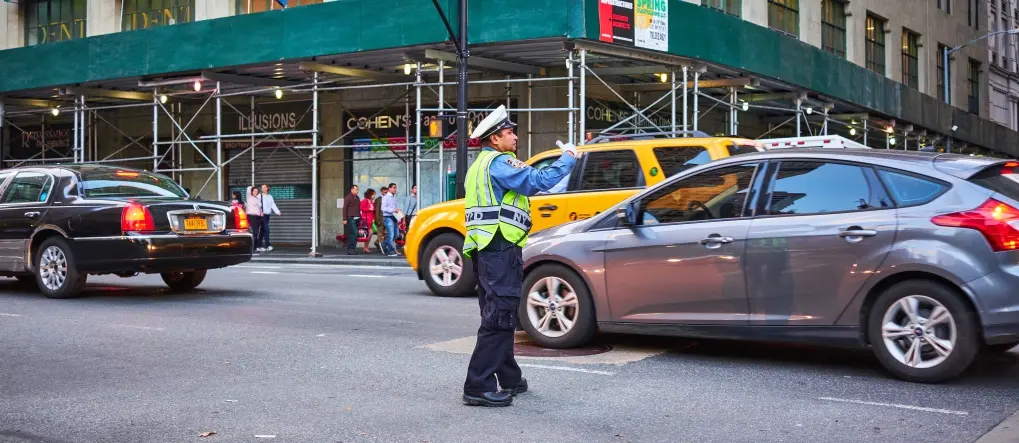
Solutions
The Urban Surveillance Centre (USC) is an integral part of the towns' local safety and security policy. The centre is on the front line in the fight against crime, but also helps manage local services. With a network of CCTV cameras across the area, the centre helps guarantee the security of people and property, monitoring activity and putting calls through to the appropriate services in the event of an incident.
The USC acts as a central point for calls from the field, notably from police officers. It operates as an interface between these services and emergency services, i.e. National Police, Fire Services, Ambulance, etc.
Since a law was introduced aimed at modernising local security, local mayors have developed a Communal Crisis Plan to guarantee the protection of people and property in the event of a crisis. More than 10,000 French towns and villages have taken part. They require the ability to receive alerts and handle them as quickly as possible, at any time. The Plan also requires the implementation of a Central Command Unit which would assume responsibility for coordinating response from the emergency services.
It was underlined early on that mobile networks could become a target – and may perhaps even be unusable. Users had previously noted technical problems with mobile phones – failing systems, broken chargers, failing batteries, and noted that networks were failing for two main reasons:
1. Network saturation due to the number of calls from those involved or their families
2. Partial or total destruction of certain lines or terminals being put out of service
Thanks to Hytera, the radio communication networks stay operational, even in a crisis situation. Put into operation, the Communal Crisis Plan needs to guarantee the robustness of transmissions and communications on a local basis, then with the local Prefecture, and provide an alternative to mobile phone networks. Contrary to common belief, mobile phone networks are not a secure means of communication.
Indeed, the absence of Group Call functionality severely limits the capability of mobile phones. The Communal Crisis Plan lays out the need to move away from mobile and to find reliable alternatives such as Digital two-way radio networks. Moreover, it was important that within the network, officers and agents could be located at all times in the field so that emergency services could respond as quickly as possible in the event of a distress call.
About French Police
Ready to talk? Get in touch with us.


